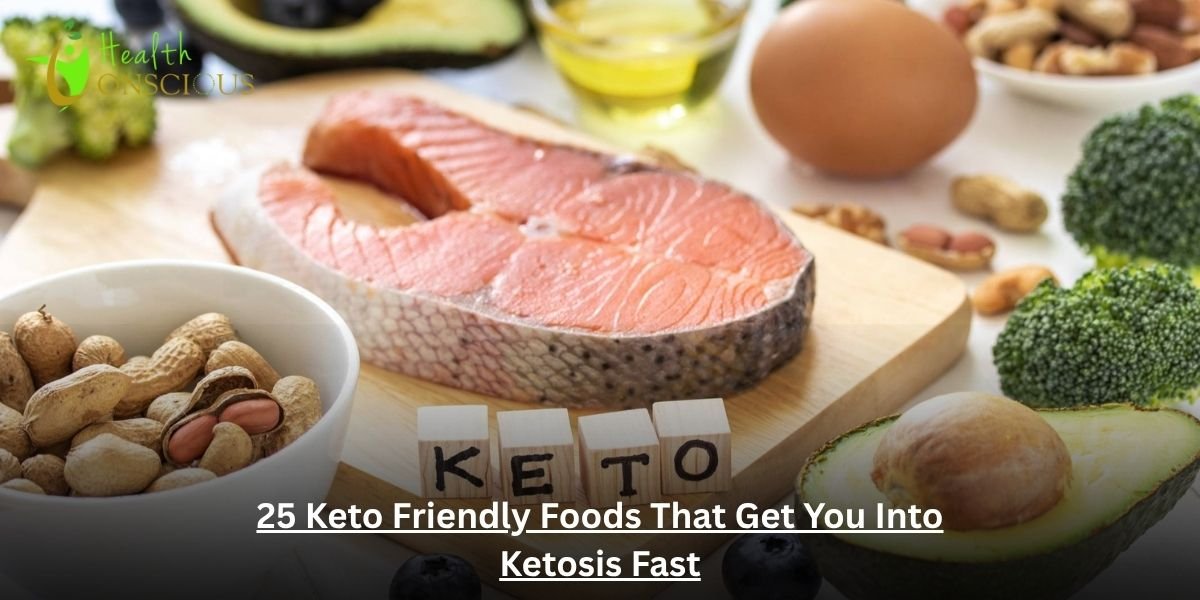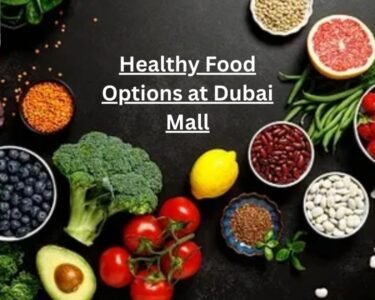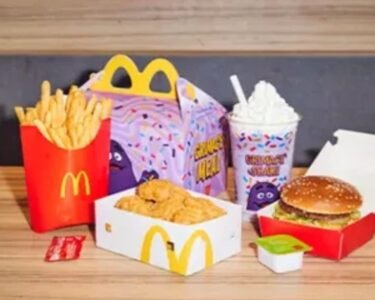Key Takeaways
- Prioritizing high-fat foods like avocados, healthy oils, and fatty fish is the most effective way to get into ketosis quickly.
- A diverse range of keto friendly foods from animal proteins, vegetables, and low-carb dairy can make the diet satisfying and sustainable.
- To maintain ketosis, it’s crucial to strictly avoid high-sugar items, grains, and most starchy vegetables.
Introduction
Starting a ketogenic diet can feel daunting, but knowing what to eat is the most important step to success. This diet isn’t about deprivation; it’s about making smart, delicious choices that fuel your body and help you reach a state of ketosis. By focusing on key keto friendly foods from various categories like Animal Proteins, Fats & Dairy, Vegetables, and Fruits, you can create a satisfying and effective meal plan.
This guide provides a comprehensive keto diet food list to help you understand exactly what you can eat on keto and how to get into ketosis fast.
What is the Keto Diet?
The ketogenic diet is a very low-carbohydrate, high-fat diet that forces your body to switch its primary fuel source from glucose (sugar) to ketones. Ketones are molecules produced in the liver from fat, and they become a highly efficient energy source for your brain and body. This metabolic shift is known as ketosis.
Achieving ketosis is the primary goal of the diet, and the foods you choose directly impact how quickly you can get there.
Here Is the List of Best Keto-Friendly Foods
As a professional who has worked with many clients on their health goals, I’ve seen firsthand how a well-stocked kitchen is the best foundation for success. The key is to focus on nutrient-dense foods that keep you feeling full and energized.
Animal Proteins
Proteins are essential for building muscle and tissue, and they also help you stay satisfied. Look for quality, whole-food sources to build a strong foundation for your meals.
1. Meats
Meats like beef, pork, and lamb are excellent keto foods because they are high in fat and protein with virtually no carbohydrates. Opting for fattier cuts like ribeye steak or pork belly can help you meet your fat macro goals more easily.
2. Poultry
Chicken and turkey are versatile options. While chicken breast is lean, I often recommend including the skin or choosing fattier cuts like thighs to boost your fat intake. Roasting a whole chicken can be a simple way to prepare several keto-friendly meals at once.
3. Fatty Fish (e.g., Salmon, Mackerel)
Fatty fish are a staple for a reason. They’re packed with omega-3 fatty acids, which are fantastic for brain health and reducing inflammation.
A 2021 study in the journal Nutrients highlighted how omega-3s can play a protective role against metabolic syndrome, a common concern for people with high-carb diets.
4. Shellfish
Shrimp, crab, lobster, and mussels are all low-carb and high in protein, fitting perfectly into the keto diet food list. They are a great way to add variety to your meals while staying in ketosis.
5. Eggs
Often called a superfood, eggs are a staple in many keto kitchens. One large egg contains less than one gram of carbs and is a fantastic source of protein and fat. They are incredibly versatile and can be prepared in countless ways, from scrambled to fried.
Plant-Based Proteins
For those who want to include plant-based options, these foods offer a good balance of protein and healthy fats.
6. Tofu
Tofu is a fantastic plant-based protein that takes on the flavor of whatever you cook it with. It’s naturally low in carbs and can be a great meat substitute in stir-fries or baked dishes.
7. Tempeh
Tempeh, produced by fermenting soybeans, contains more fiber and serves as an excellent protein source. Its firm texture makes it a satisfying addition to meals and a solid choice for a keto diet food.
Fats & Dairy
Fat is the main fuel source on the keto diet. These are some of the most important foods that get you into ketosis fast.
8. Avocados
A common question I get is, Are avocados keto friendly? The answer is a resounding yes. Avocados are a true keto superstar, loaded with monounsaturated fats, potassium, and fiber. The combination of fat and fiber helps you feel full and satisfied, making them an excellent tool for appetite control.
As a bonus, the high potassium content helps with electrolyte balance, which can be a game-changer for avoiding “keto flu” symptoms.
9. Olives
Olives provide a good amount of healthy monounsaturated fats, especially oleic acid, and contain very few carbohydrates. They are a great snack option or an addition to salads, offering a rich and savory flavor.
I’ve found that having a small bowl of olives on hand can be a great way to curb cravings and add a quick fat boost to your day.
10. Healthy Oils (e.g., Olive Oil, Coconut Oil)
You’ll use these daily for cooking and dressings. Extra virgin olive oil is excellent for its heart-healthy properties and is a staple in my keto kitchen.
Coconut oil contains medium-chain triglycerides (MCTs), which can be converted directly into ketones by the liver. This makes it a powerful choice if your goal is to make foods that get you into ketosis fast.
Avocado oil and macadamia nut oil are also excellent alternatives to consider.
11. Butter & Cream
Butter and heavy cream are your best friends in the kitchen. They add richness and flavor to everything from sauces to coffee without adding any carbs.
Look for grass-fed butter when possible, as it tends to have a better omega-3 fatty acid profile.
12. Cheese
Most cheeses are not only delicious but also a perfect keto friendly food. They are high in fat and protein while being very low in carbs, making them an ideal way to boost your daily fat intake.
Here is a list of some of the best keto-friendly cheeses to keep in your fridge:
- Cheddar: A firm cheese offering bold flavor, ideal for slicing, grating, or melting.
- Mozzarella: A classic for making low-carb pizzas or caprese salads.
- Brie & Camembert: Soft, creamy cheeses that are perfect for a fancy appetizer board with a few low-carb crackers.
- Feta & Goat Cheese (Chevre): These cheeses add a tangy, sharp flavor to salads or roasted vegetables.
- Parmesan: A firm and savory cheese, excellent for grating over meals to enhance flavor.
13. Cream Cheese
This is a versatile, high-fat ingredient. It’s a key component for making creamy sauces, dips, and even keto-friendly desserts like cheesecake. I often use it as a binder in low-carb crusts or as a thickener for soups.
14. Cottage Cheese
While it has a bit more carbs than other cheeses, cottage cheese can be enjoyed in moderation. It provides a good source of protein and is a great addition to a keto meal plan when portioned correctly. My personal tip is to choose the full-fat version for a better macro balance.
Vegetables
Vegetables are a crucial source of fiber, vitamins, and minerals on a keto diet. Focusing on non-starchy vegetables varieties is key.
15. Leafy Green Vegetables (e.g., Spinach, Kale)
Leafy greens like spinach, kale, and collard greens are extremely low in carbs and high in nutrients. They can be consumed in large quantities without impacting ketosis, making them a perfect base for any meal. I often use a handful of spinach in a morning scramble to start the day off right.
16. Cruciferous Vegetables (e.g., Broccoli, Cauliflower)
Broccoli and cauliflower are incredibly popular keto foods. Cauliflower offers great flexibility, often used as a substitute for high-carb staples such as rice, mashed potatoes, and pizza crust.
For example, cauliflower rice is a fantastic substitute for traditional rice in stir-fries.
17. Other Non-Starchy Vegetables (e.g., Zucchini, Asparagus)
This category includes a wide variety of delicious and versatile vegetables that are perfect for the keto diet. They are low in carbs and rich in essential nutrients and antioxidants.
I always encourage my clients to get creative with these to add flavor and texture to their meals.
Some of the best choices include:
- Zucchini: This is a personal favorite because you can spiralize it into “zoodles” for a pasta substitute or slice it for grilling.
- Asparagus: A great side dish that’s delicious roasted or steamed with a little butter and salt.
- Bell Peppers: They come in a variety of colors and are perfect for a snack or as a base for stuffing with ground meat and cheese.
- Green Beans: A classic vegetable that’s a perfect side dish, especially when sautéed with garlic and bacon.
- Mushrooms: These add a meaty, savory flavor to scrambles, stir-fries, and as a topping for steak.
Fruits
While most fruits are too high in sugar for a keto diet, there are a few exceptions.
19. Berries (e.g., Strawberries, Raspberries)
Berries like strawberries, raspberries, and blackberries are the only fruits generally considered keto-friendly. These fruits contain minimal sugar while being rich in fiber and antioxidants.
A small portion can satisfy a craving for something sweet without kicking you out of ketosis.
Other Foods
These ingredients enhance the flavor, texture, and diversity of meals, helping make the keto lifestyle more enjoyable and easier to maintain.
20. Nuts & Seeds
Nuts and seeds make excellent snacks, though they are calorie-dense, so watching portion size is important. They’re loaded with beneficial fats, fiber, and protein.
Frequent nut intake is linked to a reduced risk of heart disease, certain cancers, and other chronic diseases, according to studies.
Here are some of the best nuts and seeds for a keto diet food list:
- Almonds: A crunchy, satisfying snack that’s also great for making low-carb flours for baking.
- Pecans: Rich in good fats and an excellent provider of essential vitamins.
- Walnuts: Known for their omega-3 content, they are great for adding to salads or snacking.
- Macadamia Nuts: These have one of the best fat-to-carb ratios, making them a top choice for keto.
- Chia Seeds: These are a fantastic source of fiber and can be used to make a keto-friendly pudding or thickener for smoothies.
- Flax Seeds: Another high-fiber option that can be ground into a meal and used in baking or as a topping.
21. Shirataki Noodles
For those who miss pasta, these noodles are a lifesaver. Made from a type of fiber, they are almost entirely carb-free and can be used in place of traditional noodles in various dishes.
22. Dark Chocolate & Cocoa Powder
Good news for chocolate lovers: dark chocolate with at least 70% cocoa can be enjoyed in moderation. It’s rich in both fat and fiber while maintaining a low net carbohydrate content.
23. Herbs & Spices
Don’t underestimate the power of herbs and spices. Using ingredients like garlic, basil, and chili powder allows you to create flavorful, satisfying meals without adding any carbs.
Beverages & Drinks
Staying hydrated is crucial, and it’s easy to do with these zero-carb options.
24. Unsweetened Coffee & Tea
Coffee and tea are perfect for a keto diet, as long as you drink them without sugar. You can add heavy cream or a dash of cinnamon for flavor. Some people even add butter to make “bulletproof” coffee for an extra fat boost.
25. Water and Electrolytes
Drinking plenty of water is non-negotiable. Additionally, a keto diet can cause your body to excrete more electrolytes. This may trigger “keto flu” effects, including fatigue and headaches.
According to Frontier’s nutritional demands, consuming adequate electrolytes like sodium, potassium, and magnesium can help prevent these symptoms.
Foods to Limit or Avoid on a Keto Diet
To get into and stay in ketosis, it’s just as important to know what to avoid as it is to know what to eat.
- High-Carb Grains and Starches: This includes foods like bread, pasta, rice, and oats. These are a primary source of carbohydrates and will immediately take your body out of ketosis.
- Most Fruits and Juices: While berries are a good choice, most other fruits like bananas, grapes, and mangoes, are too high in sugar. Fruit juices are particularly problematic because they are essentially concentrated sugar with no fiber.
- Starchy Vegetables: Vegetables like potatoes, sweet potatoes, and corn are rich in starches, which are a form of carbohydrate. These should be avoided, as they will quickly add to your daily carb count.
- Sugary Foods: All types of sugar, including soda, candy, cakes, and ice cream, are off-limits. These foods are a direct source of glucose that will stop ketosis immediately.
- Sweetened Beverages & Drinks: This is a critical area to watch. Avoid all sugary sodas, sweetened teas, fruit juices, and most sports drinks. These beverages are packed with sugar and will quickly push your body out of a fat-burning state.
Final Thoughts
Building a solid meal plan with the best keto foods is the most effective way to succeed on the ketogenic diet. By focusing on a wide array of delicious fats, proteins, and low-carb vegetables, you can enjoy a satisfying diet that helps you reach your health goals. Remember to listen to your body, stay hydrated, and enjoy the process of discovering a new, healthier way to eat.
FAQ
Q1: Can I eat fruit on a keto diet?
You should limit fruit consumption to small portions of berries, such as strawberries and raspberries, which are low in sugar and high in fiber.
Q2: What is the fastest way to get into ketosis?
The fastest way to get into ketosis is to follow a strict low-carb diet (under 20g net carbs per day), increase your healthy fat intake, and stay hydrated.
Q3: Are nuts and seeds keto-friendly?
Yes, nuts and seeds are great keto snacks, but they are high in calories. It’s important to watch your portion sizes to avoid over-consuming calories and carbohydrates.
Q4: How much fat should I eat on a keto diet?
Your fat intake should make up about 70-75% of your total daily calories. This helps your body transition to using fat as its primary fuel source and is key for maintaining ketosis.



